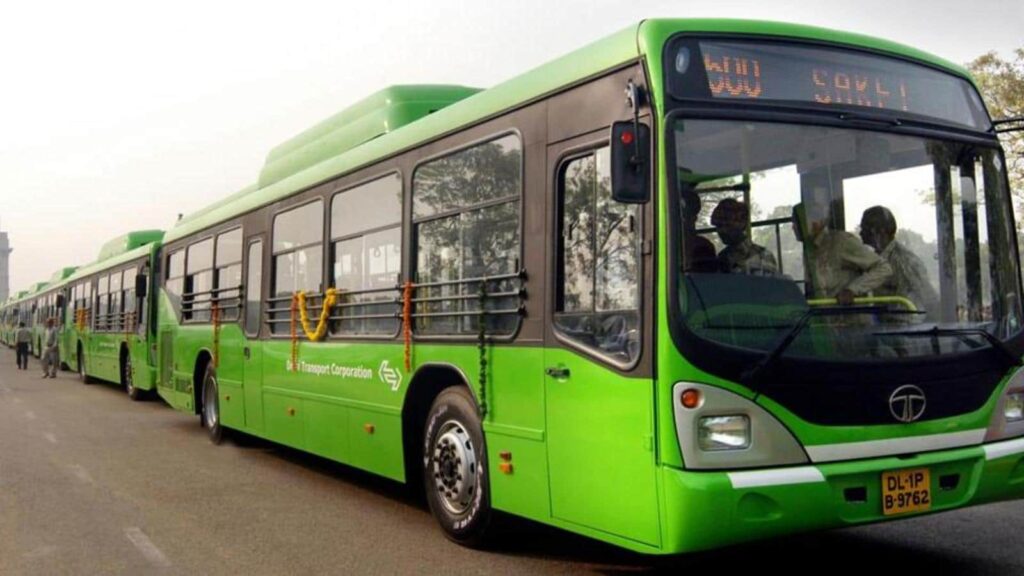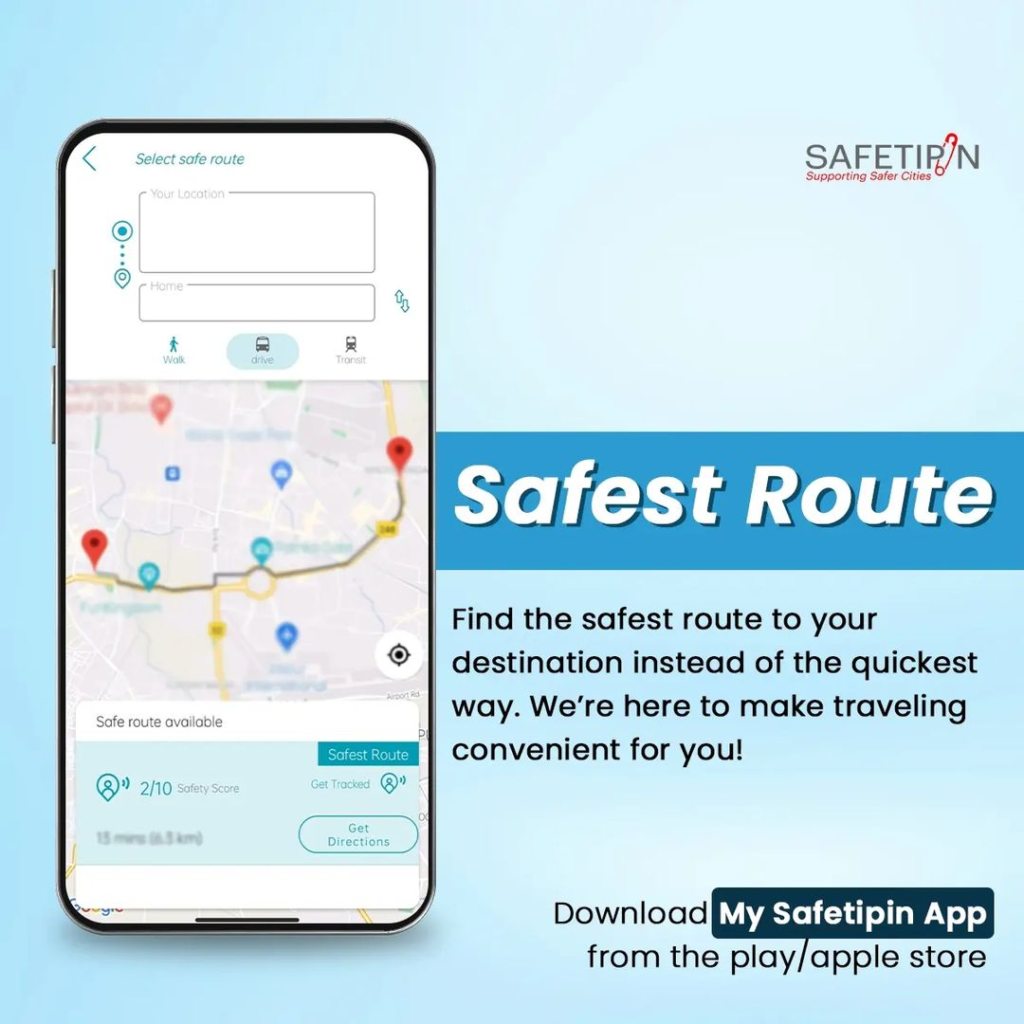I’m going to let male readers of this newsletter into a long-held secret of the sisterhood. Ask your women friends about the one indispensable accessory they carry, or think they should, while using public transport. Their answer might surprise you. It is the humble safety pin.
Last week, Hana Mohsin Khan, a pilot, started a conversation on social media around safety in public transport and on the streets. Her tweet got over 209,000 impressions with 8,300 people engaging, many of them women who spoke of being sexually harassed with some sharing that often, in the face of bystander apathy, their only weapon was the unobtrusive but effective safety pin.

Pic Source: @KS_NOTANICEGIRL / Twitter
It didn’t matter what they were wearing when creepy men brushed past them or, worse, pressed themselves behind them in jam-packed buses and commuter trains. This harassment occurs in public view but few, if any, seem to notice.
“Outside my women’s hostel in Delhi, there was a kirana store that stocked big nappy pins. Everybody bought them,” said Hana. Some had got bendy with overuse and needed to be regularly replaced.
It startled me to learn how little had changed in the many decades since I was in college and everyone in my all-women’s college in Delhi knew about The Safety Pin. Every woman I knew had encountered molestation in public–in the bus, walking up to the college, going home.
Enough said
The public harassment of a Korean vlogger by two men while she was livestreaming in Khar, Mumbai ended with their arrest by Mumbai police on Wednesday. In the video that went viral, you can see the men dragging her by the hand, one of them kisses her on the cheek and both insist on dropping her home on their bike despite her clear, “No, no, no, no.”
It’s a more satisfactory ending to the usual tale of see-nothing-say-nothing that countless women have learned to live with.

There is a mountain of research that documents the cost of women’s restricted access to public spaces, including transport.
Just 38% of bus users and 35% of metro users are women, found a nation-wide March 2019 study by Sonal Shah and Aishwarya Raman for the Ola Mobility Institute. Even though 91% of women said public transport is very unsafe, 96%, particularly those earning less than Rs 15,000 a month, prioritized it for its affordability.
Women in the capital choose lower-ranked colleges that are closer to home even when they secure admission to higher-ranked colleges that are further away, found a 2018 study by economist Girija Borker.
Women who live on the peripheries of the city where public transport is scant and crime rates are high, opt for low-paying jobs or choose low-remunerative work-from-home. The lack of affordable, safe and reliable public transport is one of the reasons why women are dropping of the workforce at an alarming rate.
Sexual harassment is an overwhelming concern of 85.4% of women, higher than fears of rape or a violent physical attack, found a 2010 study of 5,010 women and men in Delhi by the NGO, Jagori. Two of three women had faced sexual harassment two to five times in the previous year.
The times they are a-changin’
In October 2019 when the Aam Aadmi Party government announced that women in Delhi would ride free on its 6,900 DTC buses, nobody knew that the Covid-19 pandemic and a nationwide lockdown was just around the corner.
The free ride scheme saw a spike in women taking the bus, from 21% in 2011 to 40% in 2019, according to DTC.
But the concern is to not only make public transport more affordable for women but to change perceptions around safety.

In 2021, the Delhi transport department announced it was setting up a command-and-control centre that would address complaints through panic buttons in buses. The Kerala government too has such a scheme and has already inducted women bus conductors and drivers in a win-win situation designed to boost both women’s employment and commuter confidence.
There are various schemes afoot: Working with the World Bank, Chennai’s Gender and Policy Lab recently issued a toolkit authored by Gerald Ollivier, Mitali Nikore and Sarah Natasha that makes several recommendations including understanding gender-based differences in mobility and safety concerns through audits and surveys on street sexual harassment.
My Safetipin
In 2009, when Kalpana Viswanath launched a safety app for women with information that helps women access public spaces, she named the app, MySafetipin.
The name symbolized not just the ubiquitous weapon of choice for women but the more hopeful image of holding things together, explained Viswanath. The name also plays on the idea of safety by pinning places on the app that are unsafe, say, because lighting is poor or there is no last mile connectivity to get women home safely from the bus stop.
It’s not lighting alone, said Sonal Shah, founder, The Urban Catalysts and author of the Ola report. “There is an urgent need to improve walking and cycling infrastructure in Indian cities.” Supporting amenities would include public toilets, seating and spaces for street vendors.

These interventions are crucial to make cities more inclusive for women and girls.
But, said Hana, the simple act of getting on to a bus should not have to be an act of courage for women and girls. “We should not have to know the art of policing men with safety pins,” she said.
(Also read Safetipin’s She Rises: A Framework for Caring Cities here.)
Readers, what are your concerns while taking the bus? Do you feel safe? Have you ever been sexually harassed? What did you do about it? If you saw a woman being molested how would you respond? I want to hear from you. Please write to me at: namita.bhandare@gmail.com

IN NUMBERS
India’s largest employer of women is Tata Consultancy Services that employs 210,000 women or 35% of its total workforce.
In percentage terms, Page Industries, a manufacturing, marketing, distribution and retail brand-building company, hires 74% or 22,631 women employees.
Source: The 2022 Burgundy Private Hurun India list.
Going places

French referee Stephanie Frappart (C), Brazilian assistant referee Neuza Back (L) and Mexican assistant referee Karen Diaz officiate during the Qatar 2022 World Cup Group E football match between Costa Rica and Germany at the Al-Bayt Stadium in Al Khor, north of Doha on December 1, 2022. (Source: AFP)
On Thursday, three women–referee Stephanie Frappart of France and assistant referees Neuza Back of Brazil and Karen Diaz of Mexico–gave that old glass ceiling a good solid knock as the first all-female refereeing trio in men’s World Cup history as they refereed Costa Rica-Germany. “We know there are some difficulties there for women,” Frappart said. “But I think and hope that this World Cup will help them.”
This is how change happens

Rohin Bhatt, a gay lawyer has written to the Supreme Court chief justice with a request to modify appearance slips to include an additional column that will mention people’s preferred pronouns. Such a move, he wrote, “will go a long way in improving experiences within the legal system for trans, gender non-conforming and gender diverse lawyers.”
STORIES YOU MIGHT HAVE MISSED
Bilkis Bano: Still fighting for justice
A two-judge Supreme Court bench including Chief Justice DY Chandrachud told Bilkis Bano on Wednesday that it would look into her plea challenging the remission of 11 men convicted of gang-raping her and others and murdering 14 people, including seven of her family, and her three-year-old daughter, in the 2002 Gujarat riots.
The men had been sentenced to life imprisonment in 2008 but walked free under the state’s remission policy in August this year. The remission was opposed by the CBI and the trial court.
Two other petitions challenging the men’s remission are pending before the apex court. Bano’s lawyer, Shobha Gupta has requested an early hearing in an open court.
“I will stand and fight again,” Bano said in a statement. “I do this today for myself, for my children, and for women everywhere.”
Kerala high court roots for love

Adhila Nassrin and Fathima Noora (Source: Instagram)
The Kerala high court on Tuesday reunited Adhila Nassrin and Fathima Noora, a lesbian couple forcefully separated by their relatives to live together. Adhila had moved a habeas corpus plea when Fathima was abducted by her relatives who were objecting to the relationship.
FIELD NOTES
Why are more boys than girls diagnosed with cancer in India and, more crucially why is that only one girl for every two boys receives treatment for the disease? The clue doesn’t lie in some genetic predisposition but in gender bias, finds a study in The Lancet Oncology.
The study looked at individual data over a 15-year period of 38,266 children with cancer aged 0-19 taken from hospital records at three cancer centres and two population-based cancer registries, one in Delhi and one in Chennai.
Its findings:
- Fewer girls than boys visit hospitals for treatment if these are located more than 100 km from home.
- When out-of-pocket expenses are higher, say, at a private treatment centre or when travel expenses are involved, fewer girls than boys get treated.
- The gender gap is wider in rural India than in cities.
- The gender gap in Delhi has worsened over the past 15 years.
- More girls in southern India are likely to be treated in hospitals and clinics than girls in northern India